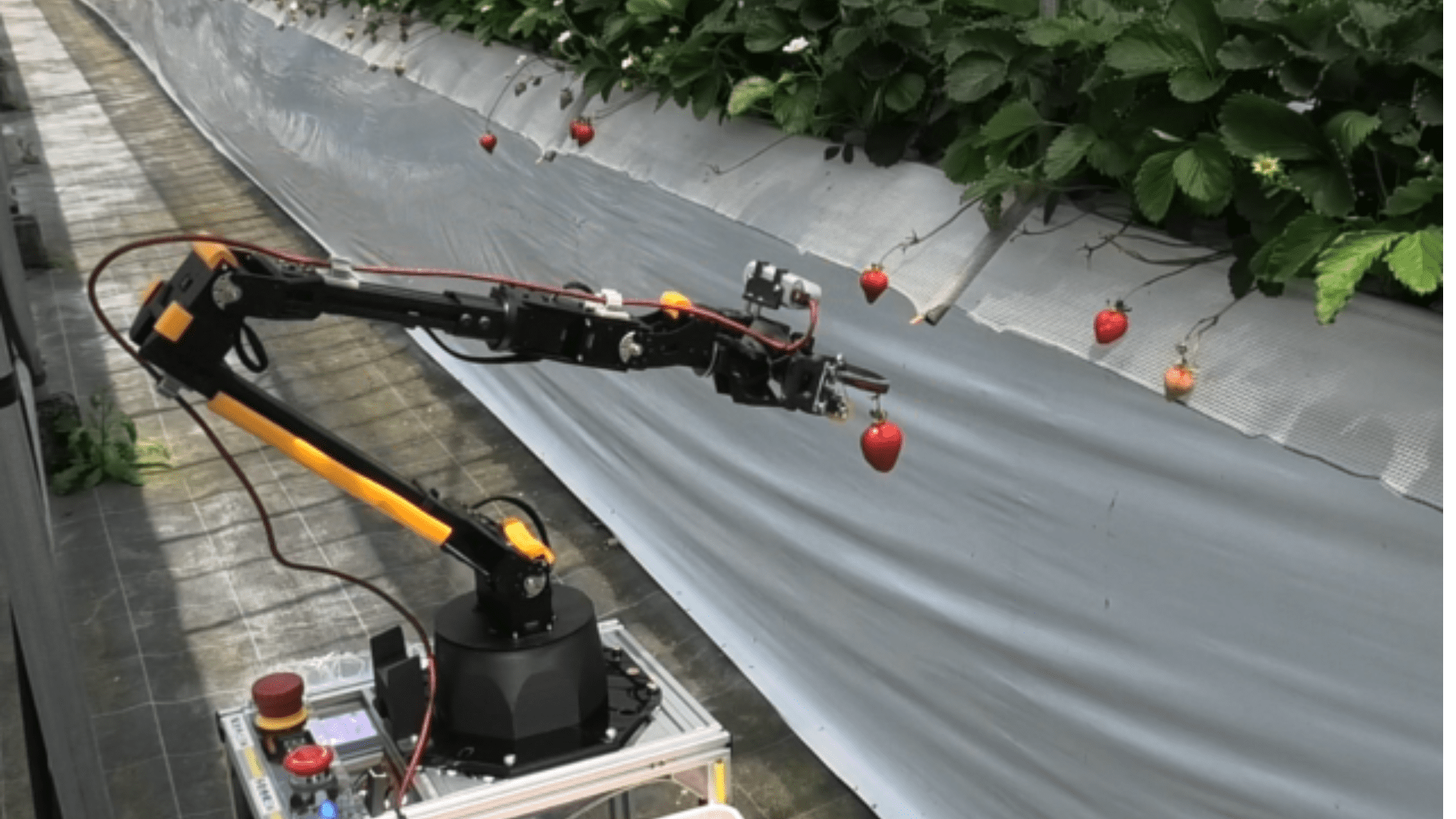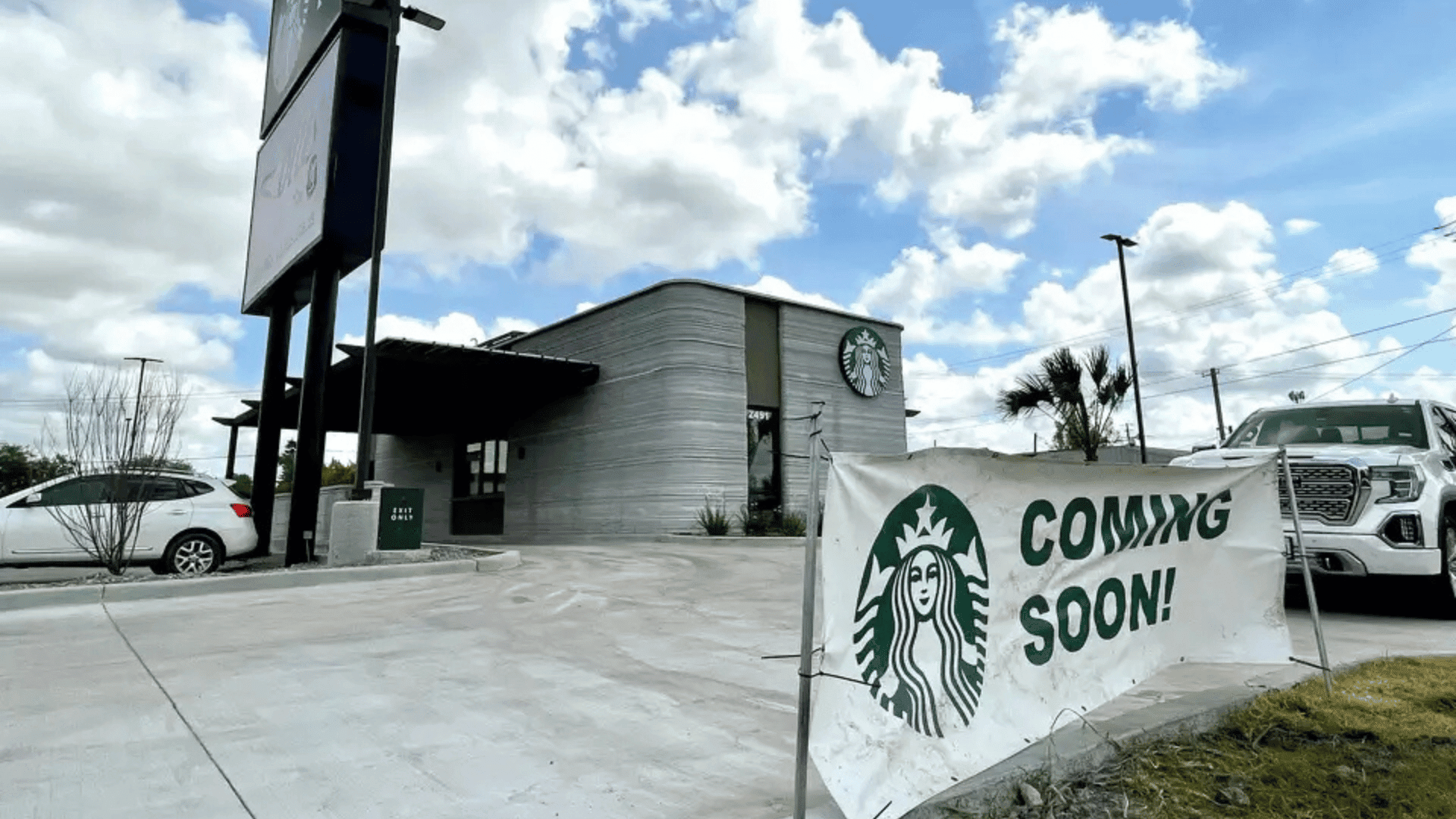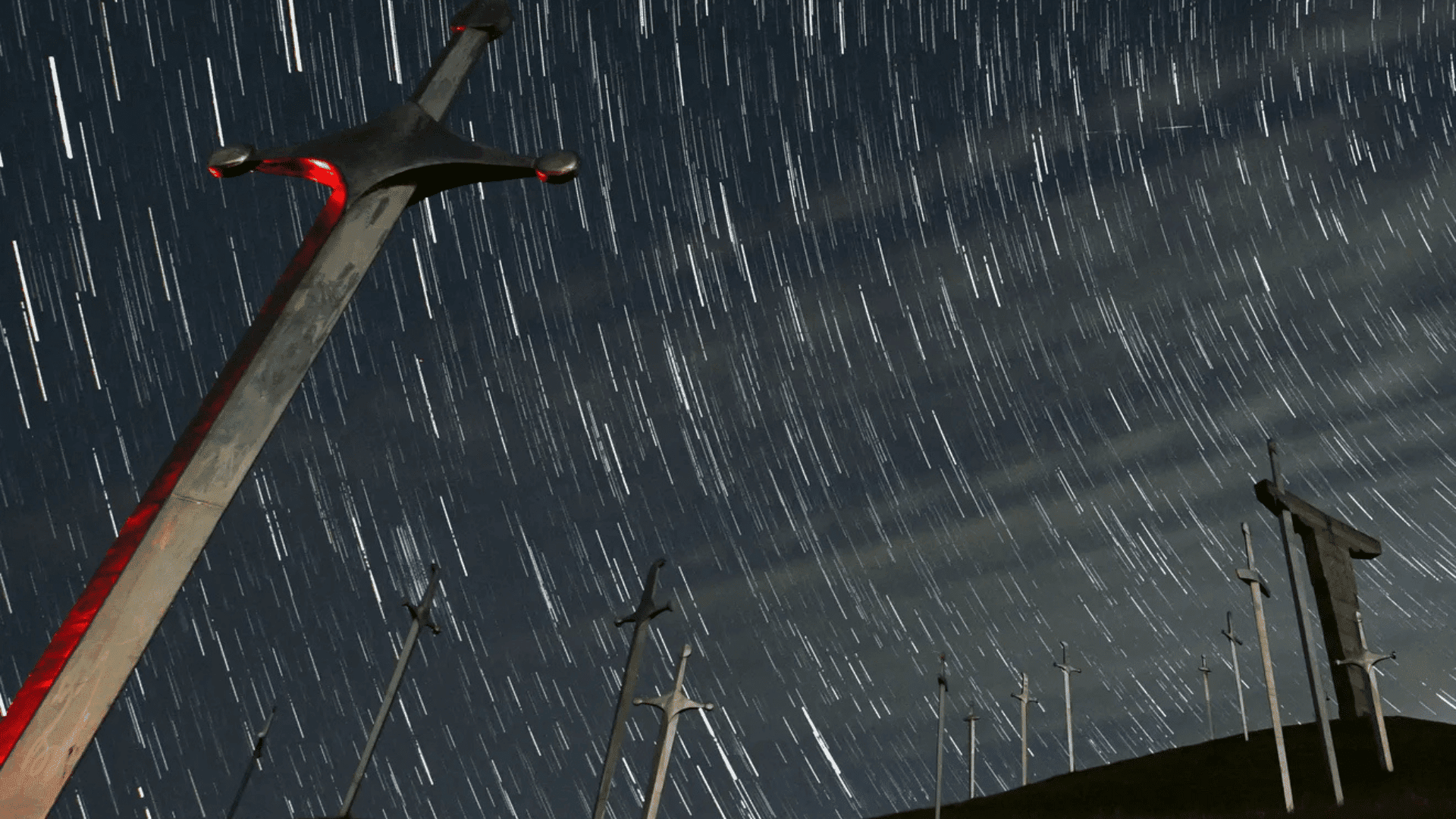The European spacecraft Hera launched on Monday morning and is heading toward an asteroid named Dimorphos. Hera’s mission is to investigate the asteroid because it’s the crash site of NASA’s DART mission. Two years ago, the DART mission intentionally slammed into the asteroid and altered its orbit. It’s now Hera’s job to examine the site.
Hera & DART
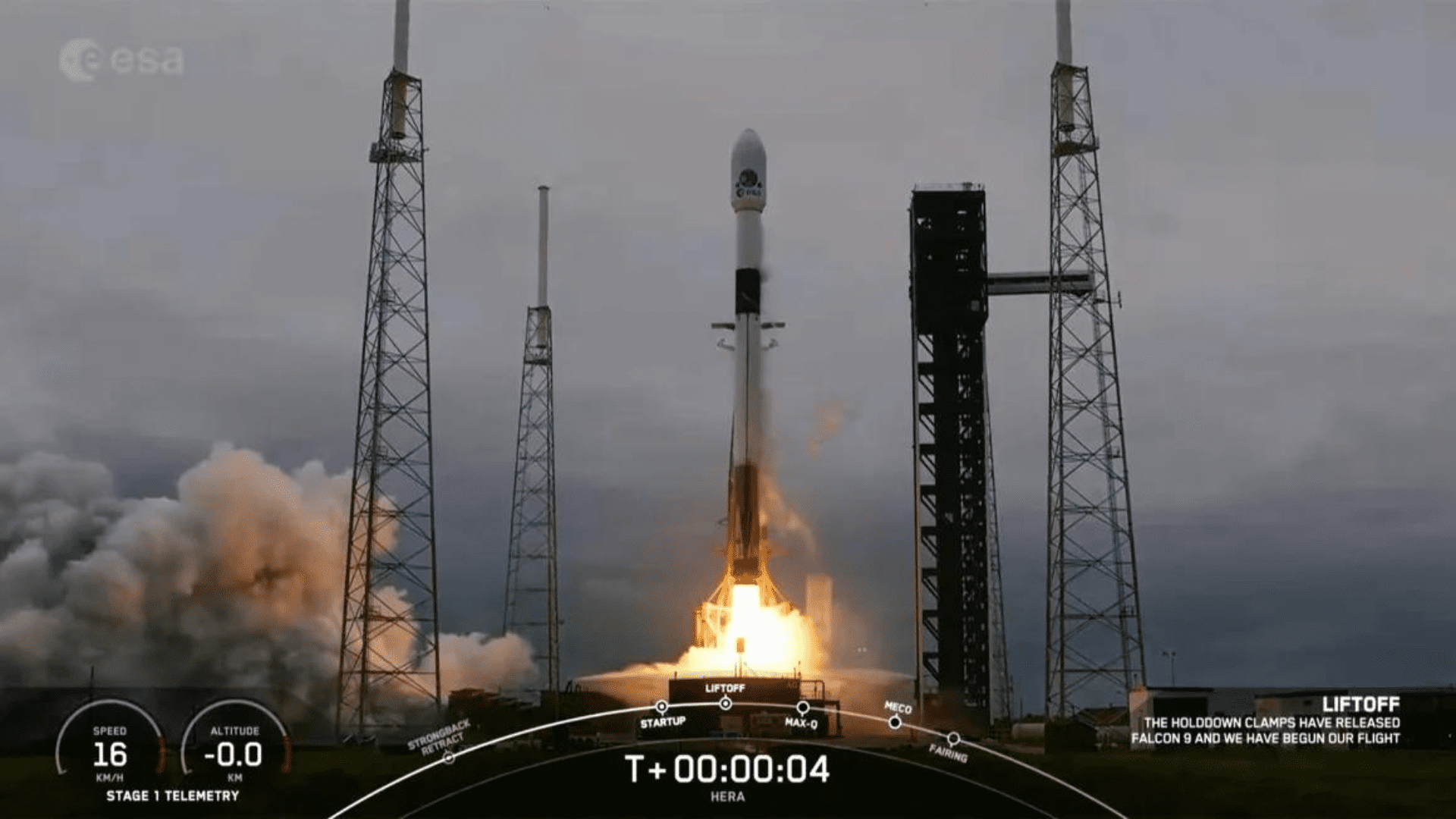
Hera and its two shoebox-size satellites lifted off aboard a SpaceX Falcon 9 rocket on Monday from NASA’s Kennedy Space Center in Florida. The Spacecraft and its two CubeSat companions are slated to reach Dimorphos in late 2026. According to ESA scientists, the spacecraft team will investigate the crash scene to solve the mysteries of Dimorphos and the larger asteroid it orbits, Didymos.
NASA planned the Double Asteroid Redirection Test (DART) mission to fully assess asteroid deflection technology. The mission was on behalf of planetary defense. But don’t worry; the two asteroids posed no threat to Earth. The agency wanted to see if crashing a spacecraft into an asteroid at 13,645 miles per hour would be enough to change its motion. Dimorphos was the perfect test subject because of its size. According to NASA, the asteroid’s size is comparable to that of asteroids that could threaten Earth.
The Investigation
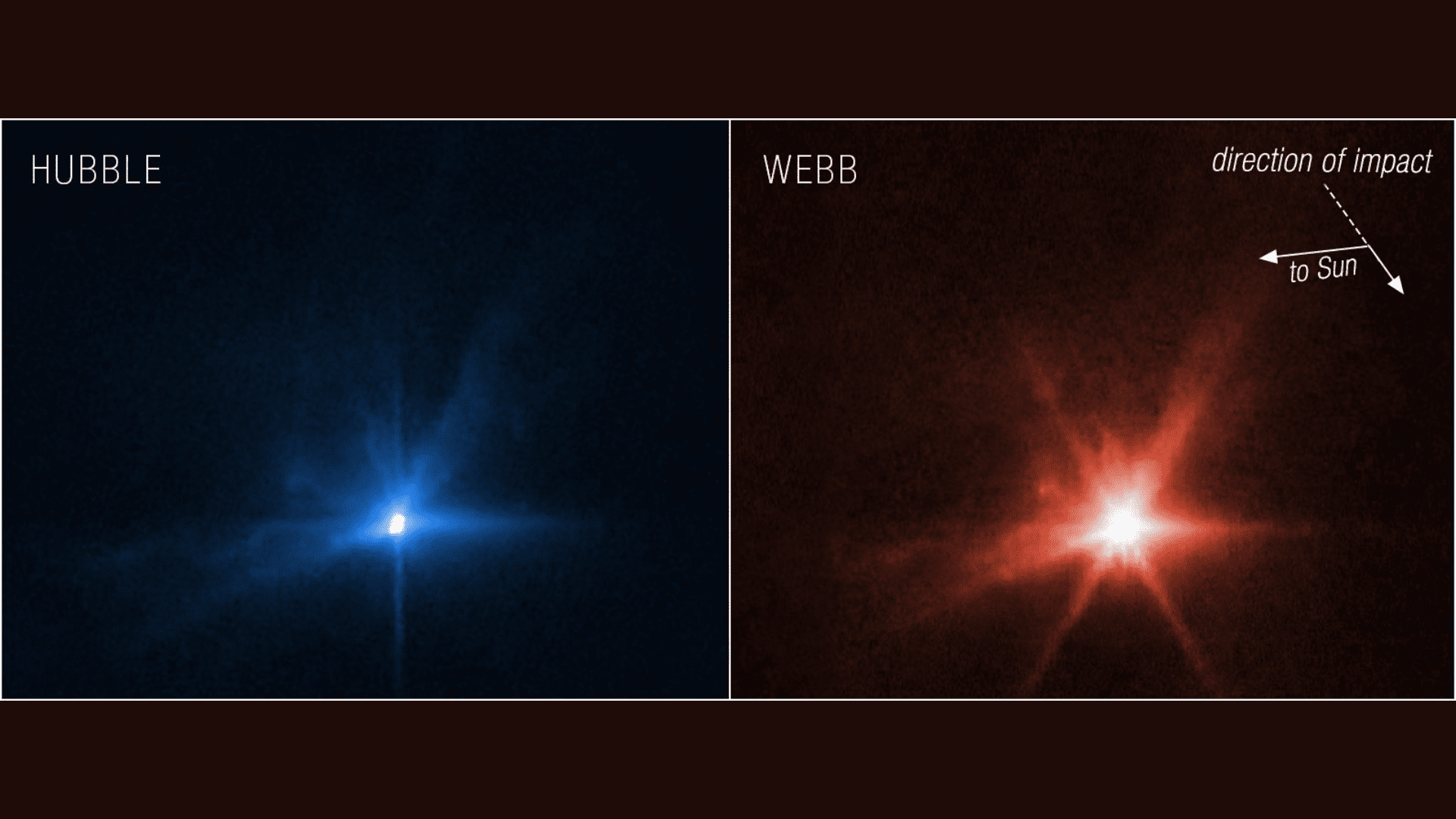
Since the impact in 2022, astronomers have used ground-based telescopes to monitor the aftermath. As a result, they determined that the DART spacecraft successfully changed the way Dimorphos moves. They say it shifted the time it takes to make a single revolution around Didymos by about 32 to 33 minutes. However, many questions remain.
Scientists want to know if DART left a crater or completely reshaped Dimorphos. Determining the composition of the asteroids and DART’s impact could help agencies refine asteroid-deflecting technology to eliminate future threats to Earth.
“Hera will close the loop by providing us in detail the final outcome of the DART impact,” said Patrick Michel, director of research at the National Centre for Scientific Research in France and principal investigator of the Hera mission.



